The pressures of cost and budget constraints are increasing for Public Safety Answering Points (PSAP) operations, with staff costs being the #1 contributor by far towards operational expenditure. For this reason, commercial operations have long focused their attention on the effective and efficient use of staffing resources using Workforce Management (WFM) tools and techniques.
On the other hand, most PSAPs have yet to develop this aspect of contact centre optimisation due to a legacy of focusing on service delivery, with significant contingency in the staffing models, which in turn leads to simplistic resourcing processes and, as a further consequence, low levels of staff utilisation are common place. This focus on service delivery (i.e. answering and responding to emergency calls) is perfectly understandable and it is the balance between service delivery and resource efficiency that many PSAPs and Ministries are switching their attention towards. It is also true to say that most PSAPs do not know the cost of handling an emergency call; principally because the costs are borne by the Member State.
There is scope for greater focus on WFM within PSAPs and emergency control rooms, which does not need to compromise the required high service standards. However, increased efficiency may demand a cultural shift towards greater flexibility in the hours staff are needed to work and in how an operation is able to respond to changes in its workload.
If PSAP operations are prepared to adopt relevant aspects of WFM then there is scope for improving staff utilisation and job satisfaction and for ultimately bringing down the cost per emergency call without adversely affecting service levels.
EENA would like to warmly thank Mr. Paul Hatfield, (Orbita Consultancy) for his great contributions to this publication.
You can read the document here.
